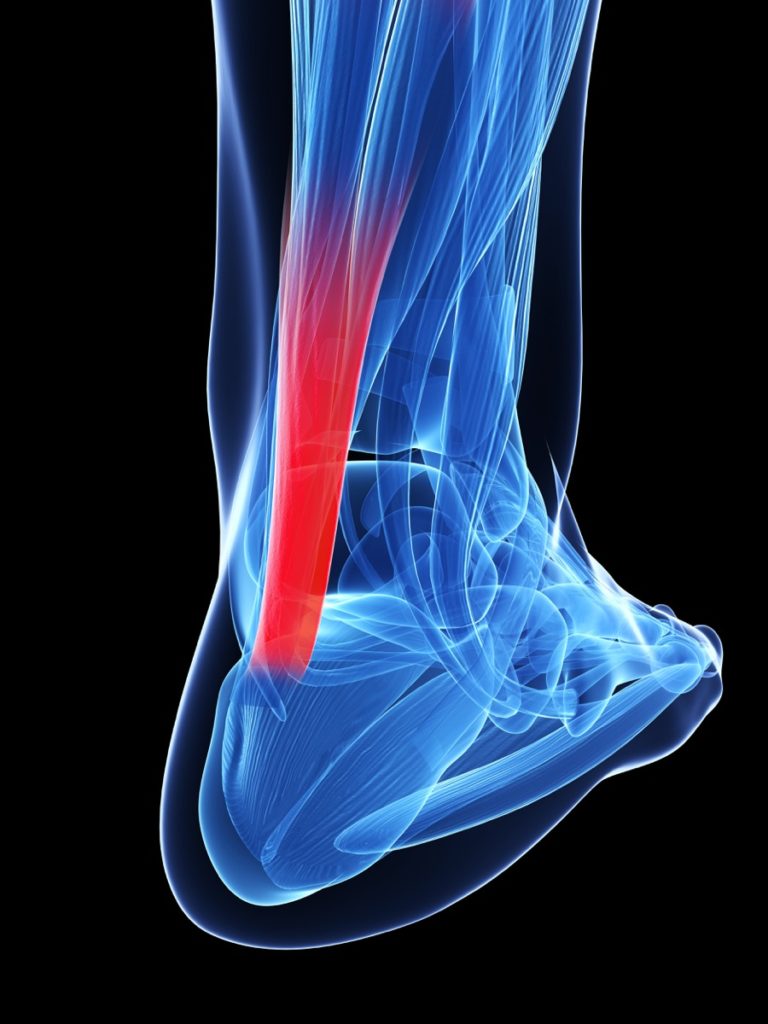The Risk of Tendonitis and Prevention Tactics with John Gallucci Jr.
Soccer player knees are constantly at risk due to the rapid nature of running and sprinting throughout practice and during games. The avoidance of tendonitis remains a controversial topic for youth soccer players as they grow and remain at risk for injuries. Tendonitis can cause intense pain – and, according to U.S. Soccer – The top four time loss injuries in soccer are ligament injuries (to the ankle and knee) and muscle strains (to the hamstrings and groin).
The top injury depends on the level of play. In highly intense, competitive soccer, hamstring strains are being reported as the top time loss injury. In lower levels of play, the lateral ankle sprain is the most common time loss injury.
John Gallucci Jr., MLS Medical Coordinator and medical analyst for coverage of the 2015 FIFA Women’s World Cup 2015 on FOX Sports discusses the prevention of tendonitis and treatments to avoid the risk.

Achilles tendinitis – what is this? How can the risk be minimized? Who is a greatest risk?
When we utilize the word tendonitis, we are describing a tendon, either due to repetitive actions or a change in intensity that is swollen or undergoing an inflammatory response. Due to the small space in between the tendon and the covering sheath, the fluid build-up of the inflammatory response causes friction and results in pain and tightness.
Achilles tendonitis will typically cause pain or a feeling of tightness in the Achilles area, mostly in the mornings when first getting out of bed.
Walking throughout the day will loosen up the area but prolonged stationary periods will lead to more pain and tightness.

The soccer player will also start to notice a sharp or tearing type of pain along the Achilles as they continue to play, which, if not treated appropriately can lead to a tear.
Treatment, if caught early enough, will involve rest, ice and activity modification until pain subsides.
Once the athlete is pain free, a stretching and strengthening program for the lower leg (calf and Achilles) should be implemented before returning to play.
Soccer players are at a risk of Achilles Tendonitis due to the repetitive nature of running and sprinting. In order to minimize the risk of developing tendonitis, gradually progress from low to high intensity and frequency as certain goals are met.
Simply put, you cannot do too much, too soon!

RELATED ARTICLES: SOCCER PLAYERS: THE COLD FACTS ON WHEN TO ICE; SOCCER PLAYERS: IS IT OSGOOD-SCHLATTER’S DISEASE?
John Gallucci’s book is available on Amazon on his JAG Physical Therapy site.
Reference: US Soccer on Injuries






